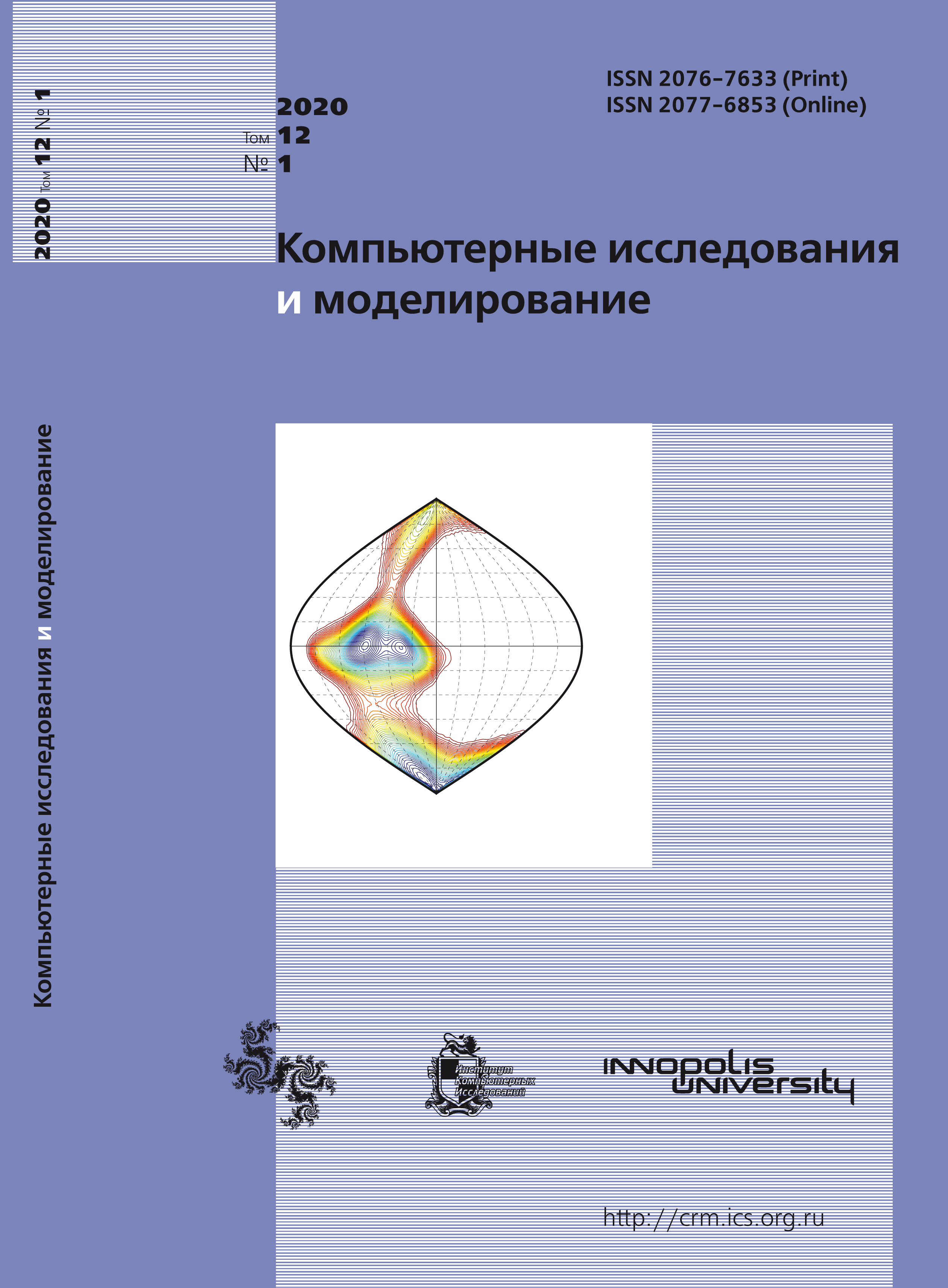All issues
- 2025 Vol. 17
- 2024 Vol. 16
- 2023 Vol. 15
- 2022 Vol. 14
- 2021 Vol. 13
- 2020 Vol. 12
- 2019 Vol. 11
- 2018 Vol. 10
- 2017 Vol. 9
- 2016 Vol. 8
- 2015 Vol. 7
- 2014 Vol. 6
- 2013 Vol. 5
- 2012 Vol. 4
- 2011 Vol. 3
- 2010 Vol. 2
- 2009 Vol. 1
Numerical modelling of seismic waves spread in models with an ice field in the arctic shelf
 pdf (2489K)
pdf (2489K)
The Arctic region contains large hydrocarbon deposits. The presence of different ice formations, such as icebergs, ice hummocks, ice fields, complicates the process of carrying out seismic works on the territory. The last of them, ice fields, bring multiple reflections, spreading all over the surface of ice, into seismogramms. These multiple reflections are necessary to be taken into account while analyzing the seismograms, and geologists should be able to exclude them in order to obtain the reflected waves from the lower geological layers, including hydrocarbon layers.
In this work, we solve the problem of the seismic waves spread in the heterogeneous medium. The systems of equations for the linear elastic medium and for the acoustic medium describe the geological layers. We present the detailed description of the numerical solution of these systems of equations with the help of the grid-characteristic method. The final 1D transfer equations are solved with the use of the Rusanov scheme of the third order of accuracy. In the work, we examine the way of multiple waves decrease in ice by establishing the source of impulse deep into the ice field on border with water. We present the results of computer modelling of the seismic waves spread in geological layers, where the seismic source of impulse is situated on the contact border between ice and water, and also with the seismic source of impulse on the surface of ice for the 3D case. The results of the numerical modelling are presented by wave fields, graphs of the velocity x-components and seismogramms for the two problem formulations. We carry out the analysis of influence of establishing the source of impulse on the border between ice and water on the decrease of the x-components of seismic wave velocities, on seismogramms and on wave fields. As a result, the model, where the seismic source of impulse is situated on the contact border between ice and water, makes worse the final result. The model with the source of impulse on the surface of ice demonstrates a decrease of the x-components of seismic wave velocities.
Copyright © 2020 Stognii P.V., Petrov I.B.
Indexed in Scopus
Full-text version of the journal is also available on the web site of the scientific electronic library eLIBRARY.RU
The journal is included in the Russian Science Citation Index
The journal is included in the RSCI
International Interdisciplinary Conference "Mathematics. Computing. Education"






